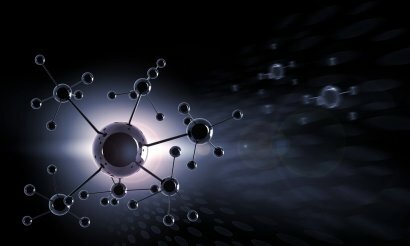Lab Materials Example
Chemistry / / July 04, 2021
In the Chemistry lab Materials and instruments are required to carry out the practices established by the school program. It is established that several of them must be constantly present, that is, they must never be absent, because if not, the practice would be extremely difficult and imprecise, or it simply could not be done.
Laboratory materials can be classified according to the role they play, so to start you have to mention each function.
Functions performed in the Laboratory
Mass Measurement: For many practices it will be necessary to know how much mass quantity of raw materials is going to be used, and of course also how much quantity of product has been obtained. Depending on the practice, it will be the precision with which it will be measured. It can be with high precision or analytical precision, with several decimal places in the measured data.
Volume Measurement: There are times when the substances to be used are liquid, so to measure them the most convenient thing is the magnitude of the Volume. There are also materials that help to have more or less precision, depending on the practice.
Measurement of physicochemical parameters: In addition to mass and volume, measurement of parameters such as Temperature, Electrical Conductivity and Hydrogen Potential pH will occasionally be required.
Separation: Sometimes, when the desired product is part of a liquid mixture, it is necessary to allow it to settle with a little standing time.
Heating and Cooling: There are chemical reactions that need a previous heating before beginning to act. There are instruments, some more complex than others, that help provide that necessary heat.
Stirring and preparation: These materials allow the preparation of solutions, with a reliable and well-defined agitation.
Connection and support: These materials will provide a solid and stable structure to accommodate the materials conveniently and allow the chemical reaction to proceed freely.
Examples of Materials for Mass Measurement
Scale or Granataria Balance: It is the traditional method for mass measurement. It consists of several weights whose distribution on a long bar will indicate the mass of the object on the platform. It is generally used for large doughs, 500 grams and up.

Analytical balance: It is capable of measuring very small masses, from tens of grams to decimal order, covering the most common to 4 decimal places.
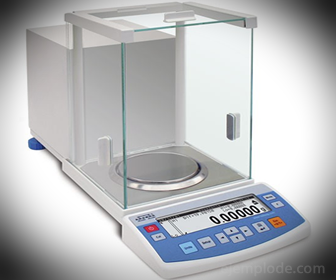
Examples of Materials for Volume Measurement
Pipette: It is a thin tube, made to measure an exact volume, marked at a certain height of the tube. There are 1ml, 3ml, 5ml, 10ml, and other measures. They are intended for small volumes.

Test tube: It is a tube graduated by milliliters in all its capacity, with a solid base on which it can rest while the substance to be measured is poured into it. The volume of fluid it contains will be known on the line of the tube that coincides with the meniscus of the fluid.

Burette: It is a long tube, graduated by milliliters up to 50ml usually. At one end the working liquid is fed, and at the other it has a tap through which its flow will be regulated. It is the indispensable instrument for Volumetric Analysis.

Volumetric flask: It is a glass container in the shape of a bulb, with a long tube to introduce the liquid. In this tube there is a line that marks the exact volume that it has as capacity. The liquid meniscus should have its curve just above the line.

Examples of Materials for Measurement of Physicochemical Parameters
PH indicator paper: Also called Litmus Paper, it changes color when immersed in an acidic or basic solution. In the case where it comes to be dispensed, a scale is presented in which the resulting color is shown, along with the pH it represents.

pH meter: Said "Peachimeter" is an electronic device that consists of an electrode that, when immersed in the acidic solution or basic of interest, gives a reading on the screen, corresponding to the pH of the solution, with a precision of 1 or 2 decimals.
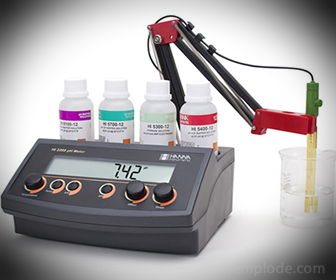
Thermometer: It is an instrument used to measure the temperature in a medium. There may be three main types: Mercury thermometer, which is a graduated tube that carries a capillary filled with mercury, the level of which changes with Temperature, indicating the Temperature on the scale correct. Clock-type thermometer: It has a sensitive tip to the temperature of the medium, and at the other end it has a dial similar to that of a clock, which indicates the necessary data with a needle. The other type can be an Electronic Thermometer, with a sensor that when immersed in the middle gives a reading on the screen.

Conductimeter: It is a device capable of measuring the Electrical Conductivity of a solution, submerging its electrode and generating a reading on the screen.
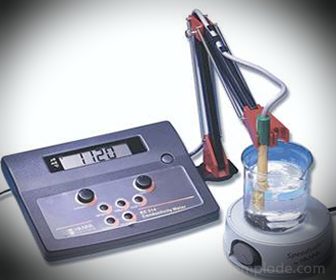
Examples of Materials for Separation
Beaker: It is a graduated glass, and with a discreet spillway at the top. The advantage of its design is that it has a good area so that, after a period of standing, the desired precipitates of a solution are deposited. In the end, the separation of the liquid will be easier to obtain as much precipitate as possible.
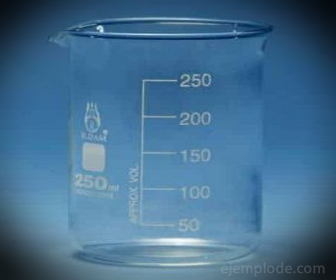
Settling Funnel: Also called "Separation Funnel", it is an oval funnel that becomes narrower in its lower part, where a desired component of a liquid mixture will be deposited. In this lower part it has a key that can be opened when the component has been collected as well as possible.

Sieve or strainer: It is used to separate a solid powdery sample in different degrees of thickness, or, better said, by Granulometry. This way you can define the particle size with which you will be working.

Funnel: When a filter paper is placed on it, it is the ideal instrument to make small and easy filtrations by action of gravity.
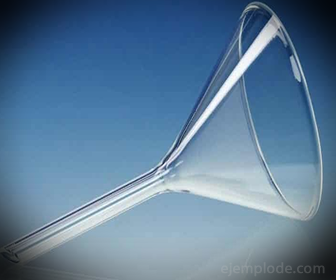
Kitasato flask: It is a flask that has a suction or vacuum access on one side. And at the top you can place a Buchner Funnel. It is used for vacuum filtration.

Buchner funnel: It is a funnel with a flat and porous area, on which a round filter paper is placed, which will support vacuum filtration. The filtered liquid will pass through the pores of the funnel, which communicate the vacuum of the suction line. The final destination of the filtrate is the bottom of the Kitasato Flask.
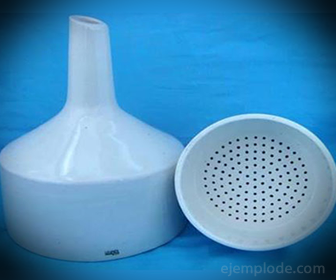
Examples of Materials for Heating and Cooling
Electric grill: It is convenient to be able to better regulate the amount of heat that is transmitted to the containers where a chemical reaction is being carried out. Some even come with the ability to produce a magnetic field to induce stirring with magnetic stirrers.

Bunsen burner: It is a simple instrument that connects to the laboratory gas outlet, and when turned on it provides a stable and sufficient flame. The flame can be regulated with a ring included in the main tube.

Refrigerant pipe: It is a wide tube that has a glass spiral inside, which in turn surrounds a thinner tube through which the vapors that must be condensed will pass. It is the final part of a distillation process, where the desired component is the steam to be separated. It must be condensed to recover it in a liquid, more stable form.
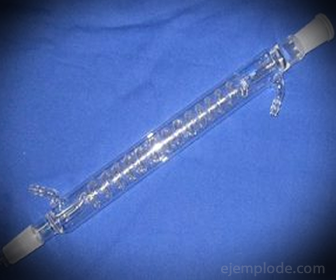
Examples of Materials for Stirring and Preparation
Erlenmeyer flask: It is a container with the top notably narrower than the bottom, which is the fulcrum. This narrowness allows it to be stirred by hand with greater freedom than if it were being done in a beaker, for example. It is used above all for Volumetric analysis, and together with the Burettes they are the main instruments in this regard.
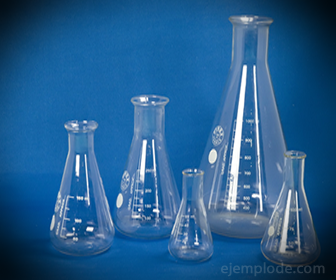
Agitator: It serves to give more vigor to the mixing. It can be a glass rod with a tab at one end; o Magnetic, small and elongated, like a larger bean. The magnetic is inserted into the flask and placed on a magnetic rack.
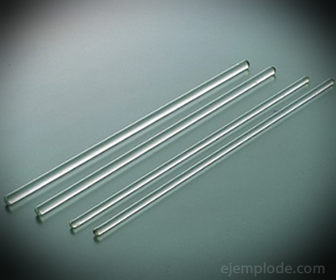
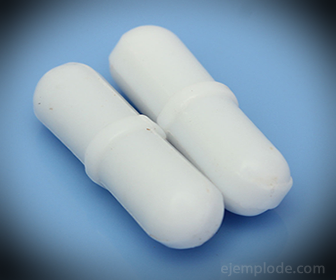
Examples of Materials for Connection and Support
Hoses: They are used to connect the water and gas vacuum lines to the instruments used in the Practice. Those for water and gas are usually flexible and soft, for a more consistent supply. Those of Vacio are always harder, so that they support the tension of the suction.
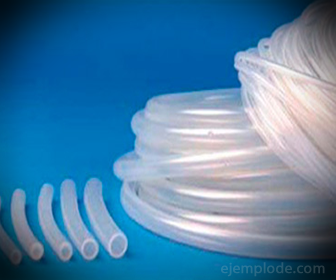
Universal support: It is a platform equipped with a hard and stable metal rod, which will allow the practice instruments to be placed at different heights.

Tweezers: They are attached to the universal stand to hold the instruments. There are them for buret, for condenser tubes.

Do not forget to leave your comments.



